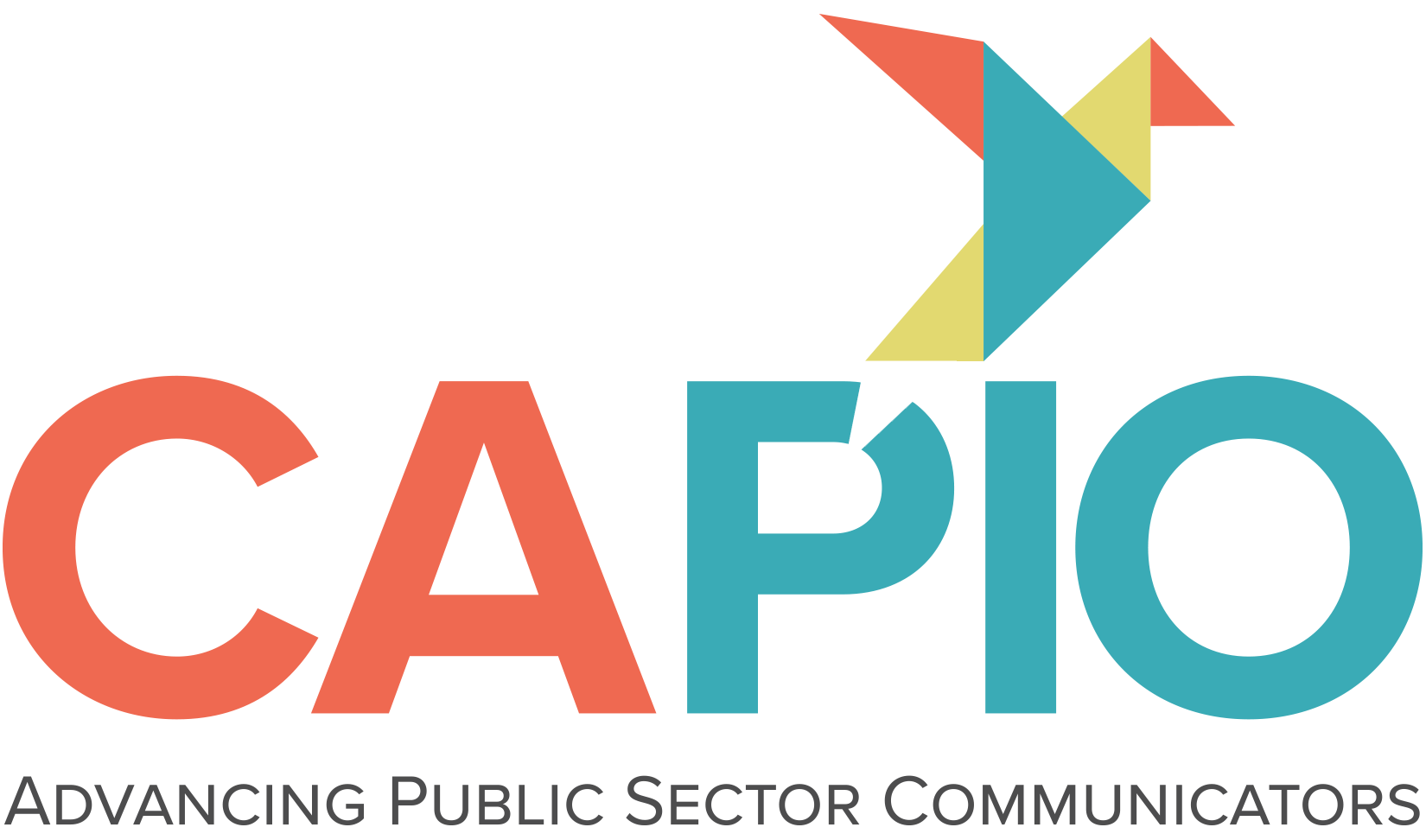Being your agency’s strategist: top ten ways to “be at the table”
Every professional communicator regularly asks these key questions when discussing public relations strategy and cementing our role as the agency’s communications strategist:
- How do I get to the table and stay there?
- How can I make sure my boss understands that my perspective and experience are vital?
- How forceful should I be?
- What can I do to keep from getting shot down by the attorneys?
- What are some of the questions I should be prepared to answer?
We know we said, “Top Ten,” but we’re liberal arts majors – math wasn’t really our thing – so we’ve listed 12 elements we believe will help you successfully “be at the table” – and stay there.
1. Act Like an Executive – this means dressing like the senior executives in your organization, working similar or more hours, choosing your words carefully, and adopting a leadership demeanor. Work to educate executives that you should be in the senior management meetings.
2. Listen More Than You Talk – When you’re initially invited to “the table,” be respectful, listen well, and avoid jumping into a discussion before it’s appropriate. Try speaking privately to the boss after or prepare a written communications plan that addresses key issues.
3. Know Your Boss’ Priorities – And Her/His Boss’ Priorities – Knowing what’s important in an organization enables you to focus communications plans, objectives, strategies and tactics on what keeps the boss awake at night. Your elected and appointed officials represent the public’s views, so make sure you understand their priorities, too.
4. Be a News Connoisseur – From hyper-local to international, be a news junkie so you can be the best advisor possible. Your counsel is based on what’s of interest to those you serve, so know all you can.
5. Know PR Fundamentals Really Well – There are just a few simple, overarching elements that go into a communications planning process. That doesn’t mean plans are simple. But these four steps will help you know what to do and in the right order:
- Research
- Messages
- Tactics
6. Know Everything About the Issue or Crisis – Know the backstory about what’s on the table, including what your residents, businesses and staff think.
7. Prepare the Story: Key Messages – This is the strategic content every audience needs to know about the project, issue or crisis. It’s your primary strategic responsibility, so drafting early in the life of an issue is essential.
8. Bring Questions the Public/Media Will Ask – Perhaps the best way to get the attention of your management team is to present the questions the media and thus the public will ask.
9. Own Your Agency’s Public Face – Solidify your role by suggesting improvements to the appearance of senior leaders in virtual meetings and interviews, including camera placement, background, audio, and attire.
10. Identify and Train the Spokesperson – Helping an executive succeed in the interview puts you front and center for one of the most vexing tasks facing your boss. Be the advisor-in-chief to make it go well.
11. Create a Communications Action Plan – Looking beyond the first day puts you in the position of being the chief communicator going forward.
12. Be Courageous – Our bosses don’t always like what we have to say, but speaking the truth is how to get to and stay at the table.
To learn more about SAE Communications to follow up with Scott and Sheri, visit saecommunications.com.

